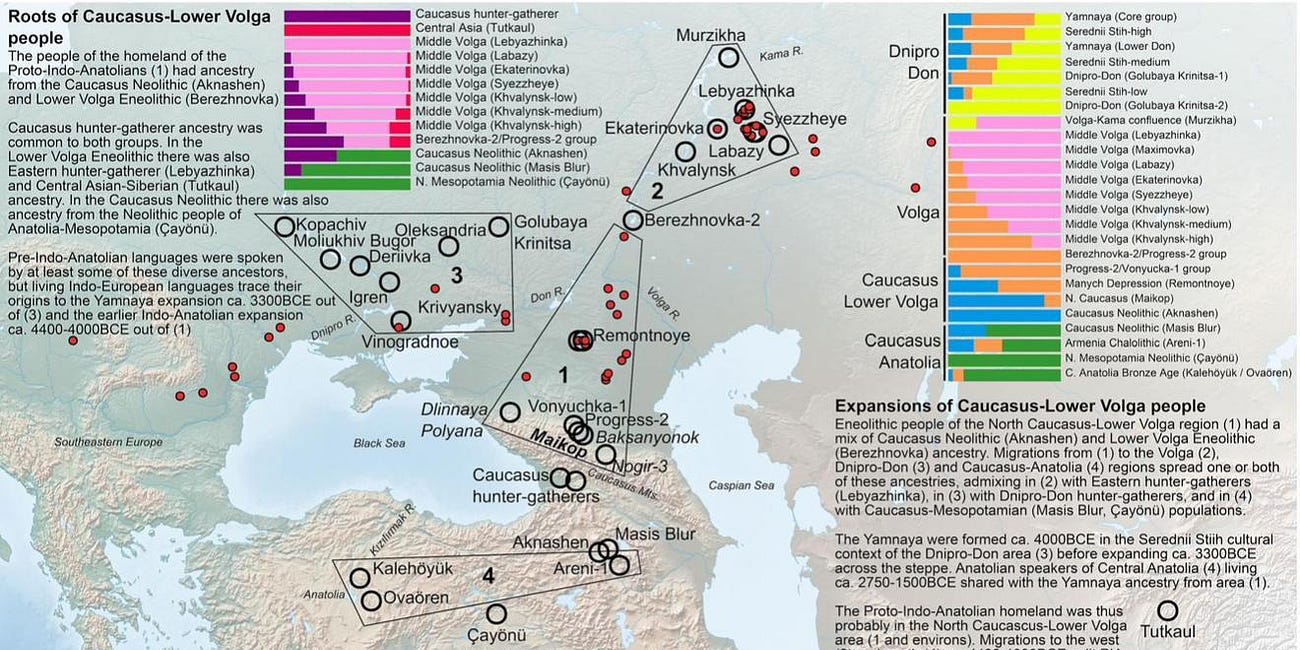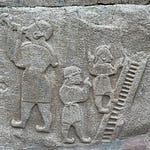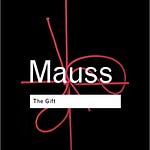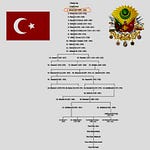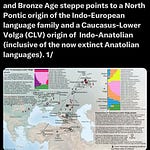So the sun god Surya and his mother has an MN sound in her name, which is amazing as well, which interests me. Smajna is her name. And she is of Twisko, which is interesting as well. So we've got Twisto in the German and Twisko in the Indic.
And she and the son have three sons, a lot of sons, but different sons. You understand that, of course. And there's whole lots of stories about how she got really hot from being burnt by the sun. And it's also just this play on words which transmits and transfers between languages and meanings and sounds,
which I'm not going to go into today. So Manu, she has three children, Manu, Yama and Yima. And actually many scholars think Yima, who's female, is later transposition. But Manu and Yama are the most fundamental and ancient in the Indic tradition. So Manu is the first man, the first human. And Yama, the twin, is the first human.
monarch, the first king, first self-sacrificing monarch, which Odin performs the function of in the Germanic tradition. Odin gave himself to himself, according to the ancient Havermal text, and hung himself on the ash tree by the Royal Mound in Uppsala in Sweden, gave himself to himself, and Woden's Day commemorates Odin's self-sacrifice. And in Irish tradition,
in the early pre-Christian Irish tradition, Don is our Lord of Death, who performs the same function as Don, in as Odin rather and note the DN in Odin and Don the DN sound in their monarchers and they are the first self-sacrificing monarchs to die and after them they lead immortals to the afterlife.
And in the Indic tradition, Yama is the first self-sacrificing monarch who is the first to die. And Yama means a lot to me as a Buddhist because Yama is the lord of death in Buddhism, which is why I which is one of the reasons why I started paying attention to this when I started reading about these monikers,
these same sounds in the names Yama, Yima, Emir. Yima in the Iranian tradition, Emir in the Germanic tradition, Emir in the Arabic tradition is a king. And that comes from the Indo-European. It comes across from the... Iranian, the early Iranian. And I paid attention to these because yam is quite important in the daily practice of many Mahayana,
again, Amen, Buddhists who follow the Manjushri tradition, which is the Tibetan tradition. But I won't go into that either today. So we've got the Manu and we got the Manus and then they have twins. And so in the Germanic tradition, we've got Manus, who is the son of Twishko, twin.
But in the Indic tradition actually Manu is the brother of the twin and we do get this phenomenon. There's kind of a bit of a muddle, a bit of a mix, like mixing the puzzle pieces up. But the names, the sounds of the names are similar and the function is the same. They're mythological founders of a tradition.
And Manu in the Indic tradition is the first sacrificer So Manu is the first to sacrifice a goat, an animal, and actually in the Indic tradition, the Brahmin who recreate this sacrifice through the Soma sacrifice, which is a substance that some believe comes from the fly algaric mushroom, but I won't go into that here.
All we need to know is that the first sacrificer in the tradition, Manu, is the brother of Yama and is the mythological founder of the tradition. So you have the mythological founder of the German tradition as Manus, And then you have Manu. In Irish, you have the pre-Christian supreme deity. In pre-Christian Ireland was Mananan.
In Wales, you have Manawadun. In the Iranian tradition, you have Ariyaman. So Arya Yaman, so you have this Yaman, Yaman. So you have the MN in there, you have the, which becomes Manu in India and you have the Yaman and the Arya element means area, like closest to area actually in English, area, area.
So it means kind of the center, the, and Arya Yaman was literally the treasurer in the royal household, which then became celestialized, goes up to the sky and becomes the kind of symbolic, the treasurer, the king, and the combination between the Manu and the Yama, Adiyaman. And then geographically, the people, the Indo-Europeans,
who populated India and Iran are the same community, they're descendants of the same community that I mentioned before come from the Sintashta. So we have the same sound, same meaning, same mythological founders, same kinds of stories in these different traditions. And It's Manu in the Indic tradition who makes a deal with Skyfather, with Indra and Varuna,
who were the supreme deities, that if they sacrifice, if Manu sacrifices, so first it's an animal is sacrificed, but then that becomes substituted into the Soma sacrifice. So again, like in Christianity, where we have the wine is supposed to be the blood of Christ, It's a placeholder for a true sacrifice of an animal.
So it's a development and evolution where the wine stands in. In the Indic tradition, it's the Soma sacrifice. And they come from the same root. And I've written before about the Indo-European roots in Christianity, which is a topic I will return to. again, but we won't get involved in that here.
So if Manu makes a deal with Sky Father Diyas Pato, who we've talked about before, with Indra and with Faruna, who represent the sovereignty function, and that if Manu, as the man, as the human, makes a sacrifice, then sovereignty, security and prosperity, the fertility of the community will be protected.
So Manu is the first sacrificer and Yama, his brother, his twin, Yama, the twin. So in German, you have a slightly different iteration of it, which you'd expect in different cultures. But the structure, not only the nomenclature, is the same. We even have Ymir in Germanic culture, the primordial giant Ymir.
So we even have the sound of Ymir, Himir, Hor, a genuine thunder god killed or perhaps only wounded. He went out in a boat with the giant Himur on the outer sea and fished for a monster using an ox's head as bait. Yema. Yema is in the Iranian tradition, which is another Indo-European tradition.
Yema is in the Avesta, which is the ancient Iranian holy text, an equivalent, if you like, of the Ayurveda, but written down much later, but is thought and believed to be just as ancient. And in... So we have all of these Ariyaman, as I mentioned, who's a functionary in charge of the house, its hospitality,
and is in charge of the treasury of the Nmana. So again, mana meaning house, domain in ancient Iranian. So mana meaning domain, house, mansion in English. So we have that MN in all of these monikers which mean quite similar things. So with all of these continuities, these same sounds, same monikers, same functions,
and today we're focusing on manus and manu because they're so primary, but as I've kind of floated around different other Indo-European linguistic and religious traditions, which also come from that the same common source. We have the same moniker, same function, same levels. So by level, I mean mythological founders of cultures.
These aren't the founders of a village or of one particular family. They are the founders of entire cultures which still persist today and in the case of India comprises the the one billion Indians who are Hindu, who come from this tradition. I'm leaving out of that for a second, the 400 million other Indians. But in fact,
I shouldn't really do that because the 300 million Indians who are from the Muslim tradition may not actually be that quite... uh quite quite quite so much are also indo-europeans um but we won't get into that today there's a lot of there's a lot of bifurcations or roads off some of which
i've dealt with some of which i will deal with and finally maniland we're going to stay focused on manu and manus so We know, for instance, that Germany and German culture did not have very much or any contact with Indian culture and vice versa. So at the time of Tacitus, yes, Alexander the Great, so-called Great,
from the Greek culture, had been to India. And he had replaced the Achmeniad Empire, which is an ancient Iranian empire. Empire founded by Darius the Great, the Achaemeniad Empire, again MN in there. But Tacitus didn't necessarily have much command of this and no one or very few people until William Jones, Sir William Jones, the Welsh Sanskrit,
Ancient Iranian, Celtic, Latin and Greek, scholar from England who became a Supreme Court justice in India and learned Sanskrit in order to translate the laws of Manu, which is a sixth century in the Common Era text, which was the primary law of in India, Manu Smriti, which contains this MN sound and the RT sound in it,
Manu Smriti, which contemporary scholars believe is actually a sick bet from about 600 years into the common era. But it's named for Manu, the first human. And in order to exercise jurisdiction over Indians, William Jones is a Supreme Court Justice living in Kolkata, decided to learn Sanskrit and study Sanskrit.
And it was while he was learning and studying Sanskrit. And because he was already in a... he had written the first Persian grammar in the English language. So he was a very skilled communicator and from a very young age spoke many different languages. And it was he who spotted the roots,
the roots of the grammar and the roots of verbs were so similar that they could not in the structure. of the grammar could not have arisen by coincidence. And he said so much so that all of these languages must come from a common source, which perhaps no longer exists.
And that began a centuries-long fight or struggle or journey to determine which was first. Was it the Indian? Was it the German? Was it the Scandinavian? Was it the Irish? Was it the Aryan? What are the Aryans, the Iranian? And that journey,
It brings us all the way up to the present and one of the big breaks we have had as a community is the ancient DNA evidence published in 2015 and then 2019. Demonstrating that the Brahman caste in India had by around 1000 years before the Common Era was about 50% Indo-European from step ancestry from India. ancient Ukraine.
So we had all of the cultural and linguistic artifacts and then we find the ancient DNA. And I'm not tracing the ancient DNA or the cultural and linguistic artifacts. I'm tracing the MN sound. through all these different cultures, which is a separate trajectory of evidence. So it's not just a question of one German visiting India,
hearing the story of Manu and Yama, which is then written down in the Archiveda, and then returning to Germany and telling their mates or perhaps they're a poet and they visit India, they're there for a few months or a few years, and then they come back to Germany and they convince one monarch,
let's just adopt this story as our own. This is just not plausible. So to become embedded as a mythological founder of a culture is really difficult. So this is the primary story. It's not one of, you know, there's millions of sub-stories in each linguistic and mythological tradition.
But here we have Manu as the first human and Manus as the first human. So the chances of one person either going from Germany to India, hearing the story, then going all the way back to Germany and convincing everyone, oh, replace whatever our foundation myth is in our community for this, or the other way around,
an Indian going to Germany for which we have zero evidence. going to Germany and hearing this story of Manus before Tacitus writes it down. So millennia before, because of course it's written down in India in 1100. But the chance of one person being able to see this, when we think it's very low, I mean, it's really,
it's hard enough for me to convince my cat to come into my house or a friend to believe all I'm telling you or all I'm telling you in finding Manuland. Of course, you can Google. many of the things i'm saying but imagine me trying to convince you that our
mythological uh oh wait this is exactly what i'm trying to do i'm trying to convince you that the mythological founder of all the indo-european peoples have it has an mn sound in it in its name and i got this from the sound men yacht
which means moon coming from MEH1, meaning measure, and so the moon as a measure of time. And the idea of light shining through the moon is like the light shining through a human, through a mind, a mind shining through a human. And this core metaphor, the reversion to the moon-based metaphor that distinguishes
all sentient beings from non-sentient life, stones from humans, this idea of the moon-based metaphor. So it is a bit like that, but we'll see if in a thousand years' time our entire Indo-European culture accepts finding Manulan's story as its foundational myth. But at least you see what I'm talking about,
the idea that a German going to India and teaching them Oh, our mythological founder is Manus, why don't you adopt that? Or the other way around, of course, doesn't explain why we end up without a Yaman in ancient Iranian tradition or Mananin in the Celtic Irish tradition,
which comes down to as the pre-Christian deity in that is Mananin. And many of those Celts probably came to Ireland via the Menapi, the MN in the Menapi. So perhaps that explains it. But what we can say for sure, empirical evidence, this MN sound is absolutely everywhere we look. So, say, we have heaps of archaeological,
cultural and mythological stories, like I'm telling you, about the structural similarities between the Ayurveda and the Mahabharata, which is another collection of ancient stories, not quite as anciently written down as the Ayurveda, but very ancient. And these have the same structure, the same name,
same sounds as this story written down by Tacitus in the first century into the common era. Now we have this genomic evidence that demonstrates that we have what we call ancient Ukrainian evidence. steppe ancestry in Ireland, on the island of Britain, across Western Europe, west of Ukraine, and then east of Ukraine, all the way through the Syntashta,
across the Andronova, across Central Asia. And here I'm trying to provoke in your mind this journey, this geographical spatial journey. through to Afghanistan, down across into Turkey and Anatolia, and down through Armenia, present-day Armenia, down through to Iran, and across from Afghanistan into Iran, Pakistan, and into the Indus River Valley where the culture was seeded.
And so we have this into the Brahmin caste and they take over the whole of the Indian subcontinent down to a point near Bengaluru, where I've spent a bit of time where we have this line, the Dravidian line, the Telugu culture there, and there's many... Dravidian, which is the pre-Indo-European Indian culture, which has lasted and survived.
But we have this Indo-European lair, which brought Indra, who starts life in Iran as Zara. But by the time Zara gets to India, becomes renamed as Indra, and India is named for Indra, this sovereign deity who is related to Manu and gives their name to the subcontinent representing the Indo-European takeover of the Indian subcontinent.
But the stories and the names and the sounds of these deities which are then in our minds today and as the names of these continents and these countries. Iran, for instance, takes its name from Adiyaman. And Eremon is the first high king of all, high king of Ireland, which some scholars, including me, believes is cognate with Ariyamon.
So Eremon is the first, comes down as the name of the first high king of all Ireland from the mythological record, first written down around 1100 years. years after Christ's birth, but long before we knew any of the rest of this and that Indo-European cultures or that the Germanic culture, that Celtic was a separate culture, for instance.
So we have these separate vectors of evidence all pointing to some common source. Of course, the MN sound in Eremon, as well as the first high king. of Ireland. So beyond all reasonable doubt, we have this steppe ancestry.
Continued:
Continued from:
First in series:
Finding Manuland I
In October 2021 I was returning from my final vacation before my forced retirement from my beloved diplomatic posting to Ukraine.




